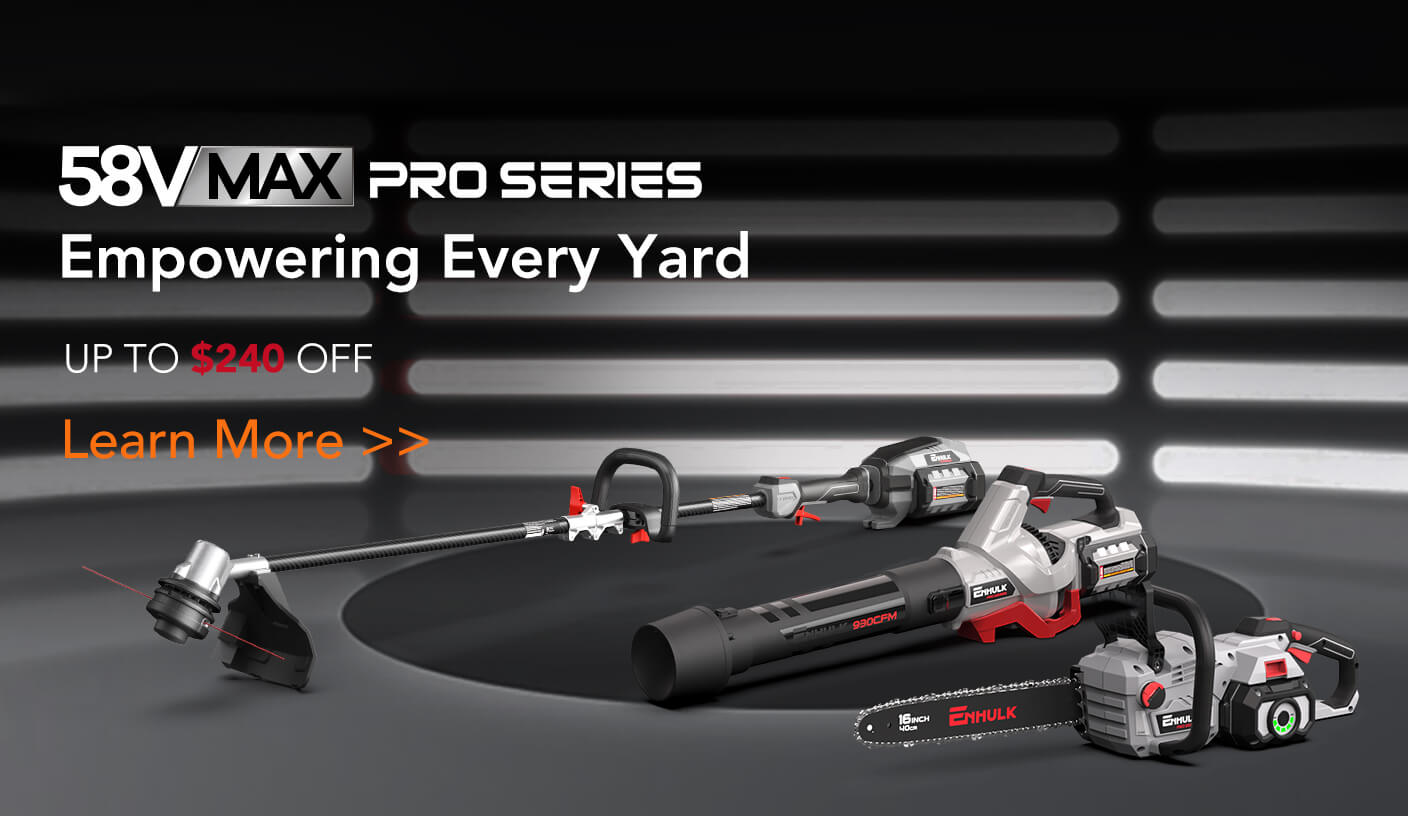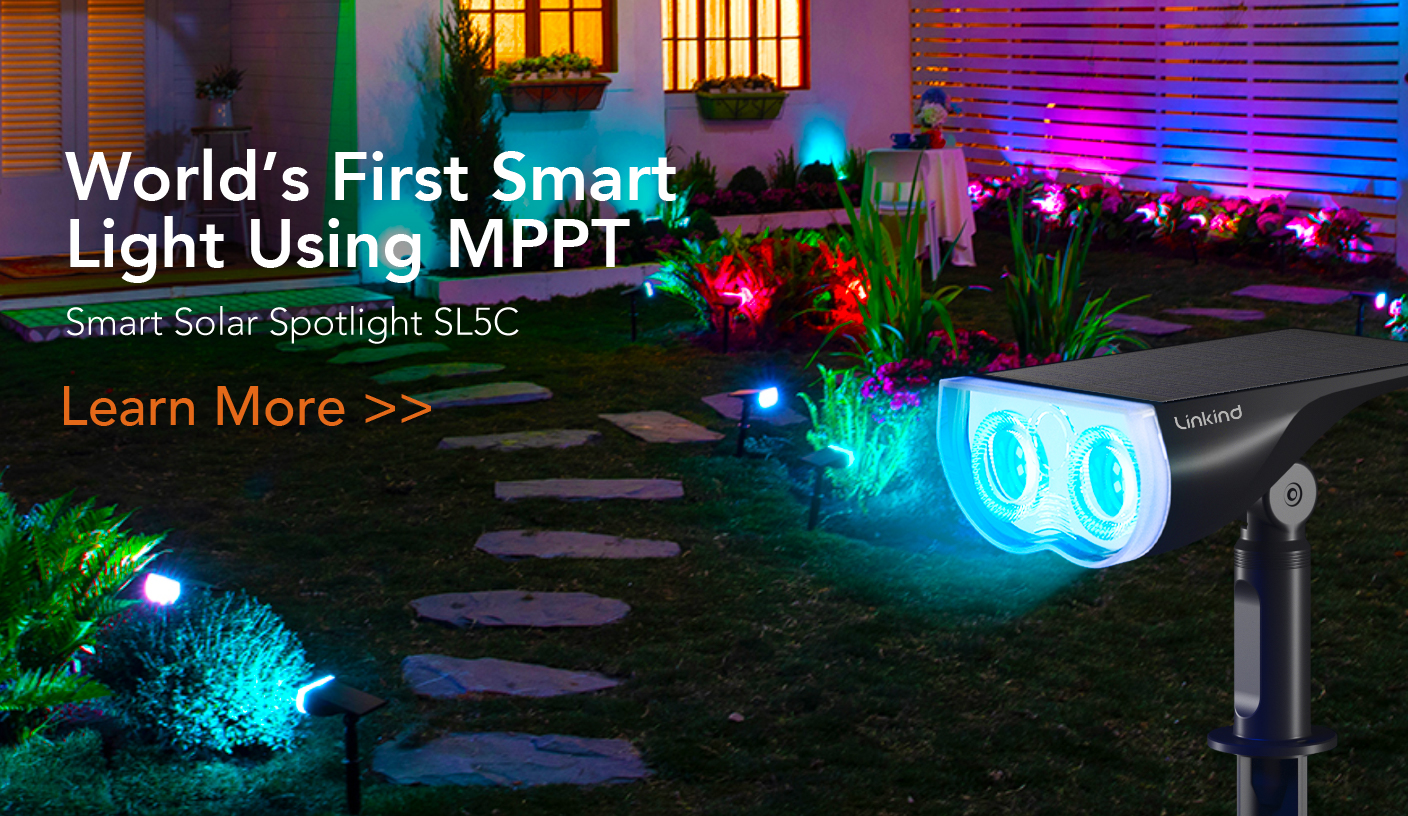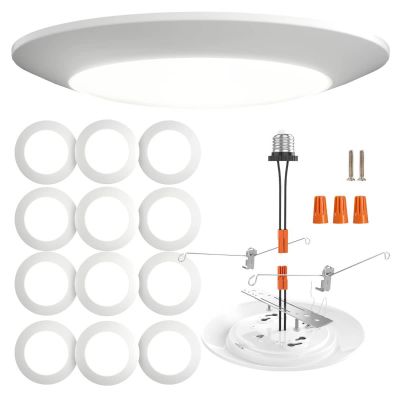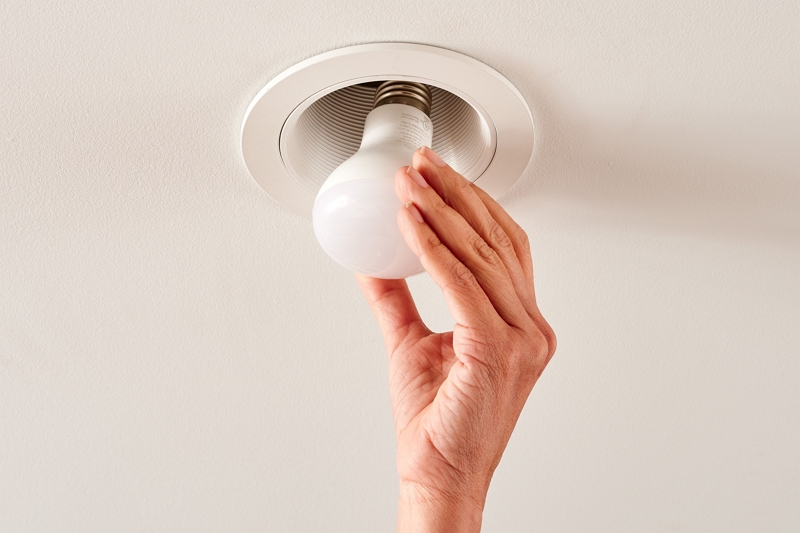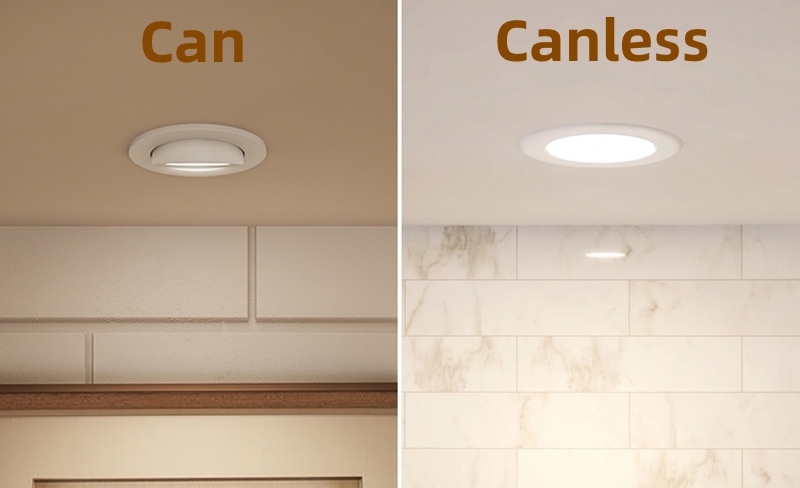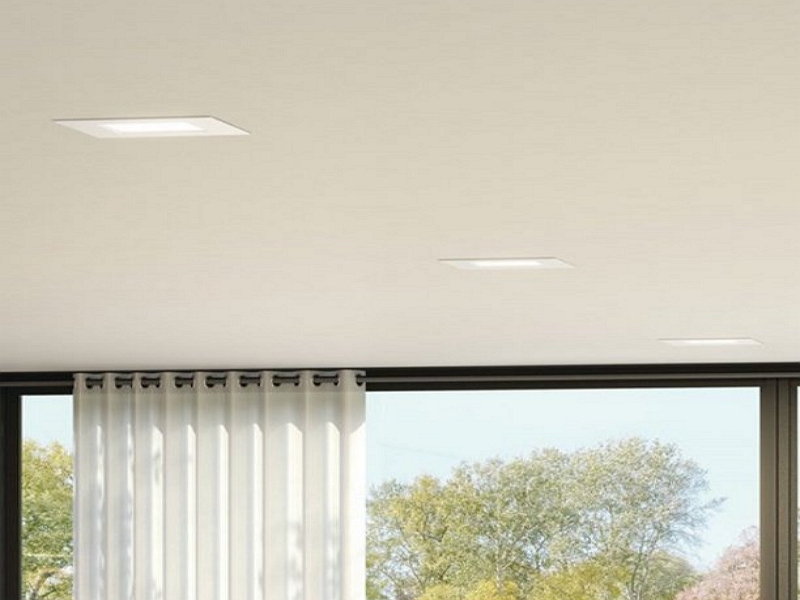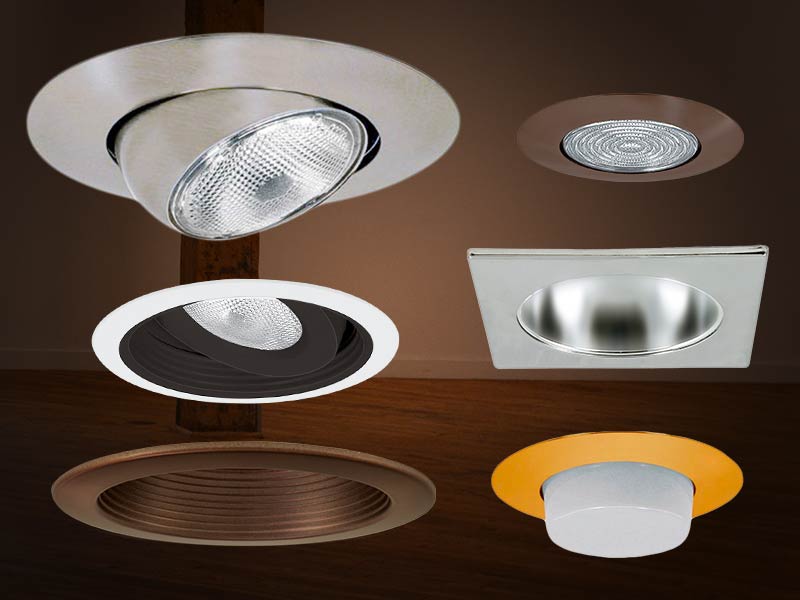Lighting has the power to transform a room, creating ambiance and affecting your mood. Modern LED lights are increasingly popular, not just for their superior energy efficiency and longevity but also for their versatility in design and function. One of the areas where this transformation can make a significant difference is in can lighting, a widely used lighting option for its discrete, architectural appeal. In this article, we will explore the benefits of replacing your traditional can lights with LEDs, the process of conversion, and even take a look at a premium LED recessed light that could be an ideal upgrade for your home.
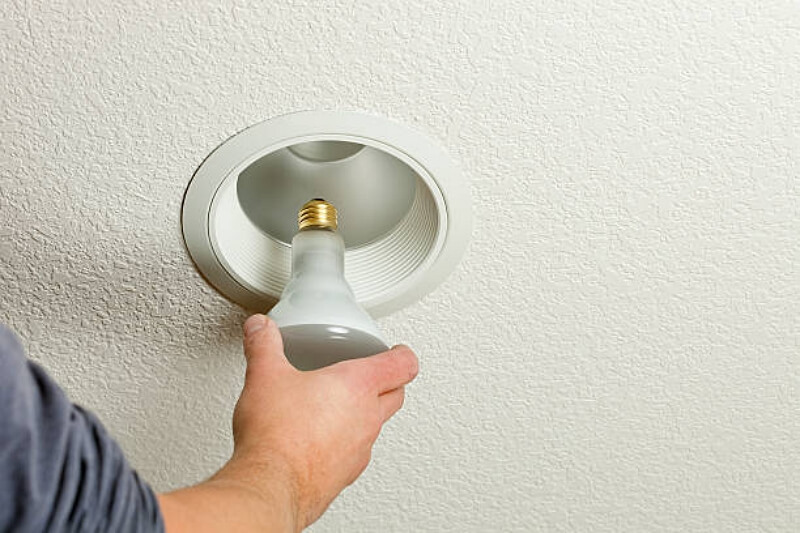

Part 1. The Benefits of Replacing Can Lights with LED
Switching to LED lights from traditional can lights offers numerous benefits that make it a sound investment for homeowners:
- Energy Efficiency: LEDs are highly energy-efficient, using up to 90% less energy compared to traditional incandescent or halogen bulbs. They convert more energy into light rather than heat, which translates into significant energy savings and lower electricity bills.
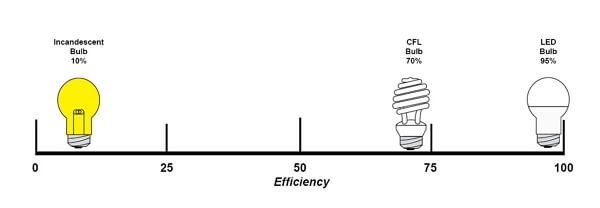

- Longevity: Known for its long lifespan, a typical LED bulb can last up to 25 times longer than traditional bulbs. Fewer bulb replacements mean reduced costs and less inconvenience, which is particularly beneficial for hard-to-reach light fixtures.
- Light Quality: LEDs provide superior light quality that is also adjustable. They produce bright, clear light, which is more directional, offering flexibility and ensuring light is targeted to where it is needed.
- Color Variety: LEDs come in a variety of color temperatures. From warm, cozy tones to cool, daylight-like ones, LEDs cater to various moods and room uses. Some LEDs can even switch between different color temperatures.
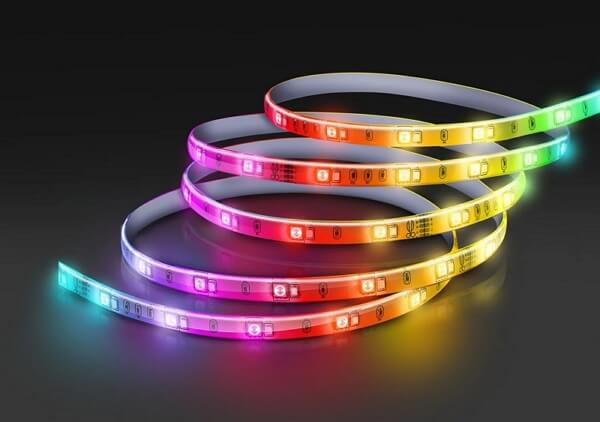

- Heat Emission: LEDs emit very little heat compared to traditional lighting options like incandescent and halogen bulbs. This makes LEDs safer and can contribute to a cooler room environment.
Replacing your can lights with LEDs brings these advantages, upgrading your home's lighting to a more modern, environmentally friendly, and cost-effective option.
Part 2. Check If Your Recessed Lights Can Be Converted to LED
Before embarking on the conversion process, one crucial step is to ensure that your existing light fixtures are compatible with LED lights. Incorrectly paired fixtures and bulbs can result in poor performance or even safety hazards. Here are several tips to help you prepare for a successful conversion:
Checking for Compatibility Labels
Start by inspecting the existing light fixtures for labels indicating LED compatibility, usually found on the socket, inside the can, or housing. An LED-compatible fixture will typically have 'LED' printed on it, often accompanied by specific instructions or wattage limits.
Inspecting the Fixture Type
Consider the age and design of your can lights. Older fixtures not designed for LEDs' lower heat output might require 'Type IC' (insulation contact) LED lights, which are safe for direct insulation contact and come with a junction box for added safety.
Checking the Socket Type
Ensure that the socket or base type of your replacement LED bulb matches your existing bulb. Common types include screw-in (E26/E27) and pin types (GU10, GU5.3).
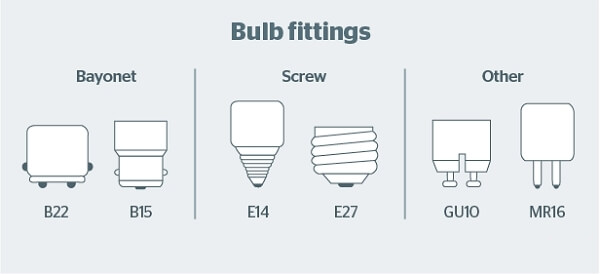

By carefully checking these aspects, you can ensure a smooth transition to LED lighting. If you're unsure about any part of this process, it's best to consult with a professional electrician to avoid any potential mishaps.
Part 3: How to Replace Can Lights with LED
The process of replacing can lights with LED lights is quite straightforward, making it a feasible DIY project for most homeowners. This task involves removing the existing bulb and replacing it with an LED bulb or a complete LED downlight, depending on your fixture type and preference. Here is a step-by-step guide to carrying out this transition smoothly and safely.
Step 1. Turn off the Power
The first and most important step in any electrical work is safety. Always start by turning off the power at the circuit breaker. This will ensure that no electricity is flowing to the light fixture while you're working on it. It's not enough to just switch off the light; you must turn off the power at the source.
Step 2. Remove the Existing Bulb and Trim
Once the power is off, you can proceed to remove the existing bulb from the fixture. This process might involve unscrewing the bulb or unclipping the trim, depending on your specific fixture design. Be gentle during this process to avoid damaging the fixture or hurting yourself.
Step 3. Install the LED Bulb or Retrofit Downlight
Now, you're ready to install the LED bulb or retrofit downlight. If you're using a simple LED bulb, it will just screw into the existing socket. If you're using a retrofit LED downlight, it will typically come with an adapter that fits into the existing socket and clips to hold it in place. Carefully connect the bulb or downlight to the existing socket or wiring, following the manufacturer's instructions.
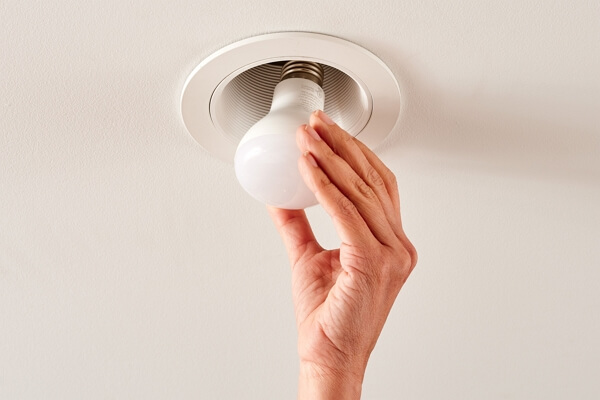

Step 4. Secure the Light
Once the LED is connected, ensure that the light is secure in the can. This might involve screwing in the bulb firmly or ensuring that the retrofit downlight clips are properly attached to the can.
Step 5. Restore the Power and Check
With the LED installed and secured, you can restore power at the circuit breaker and switch on the light to check your new LED. It should light up brightly, providing you with high-quality, energy-efficient light.
Following these steps should allow you to easily upgrade your can lights to LEDs. Should you encounter any difficulties or if you're not comfortable handling electrical work, don't hesitate to hire a professional to assist with the installation.
Part 4: You Cannot Miss This Premium Recessed Light!
Sometimes finding the right lights for your home can be a daunting task with the sheer number of options at your disposal. We just might have made your job a lot easier. The AiDot Orein Smart RGBWW Recessed Lights offer an incredible array of features that make them a stellar choice for anyone seeking to modernize their lighting system. Perfectly blending technology and design, these intelligent lights offer you full control over your ambiance. With their sleek aesthetic and superior functionality, they make an elegant addition to any modern home or office.
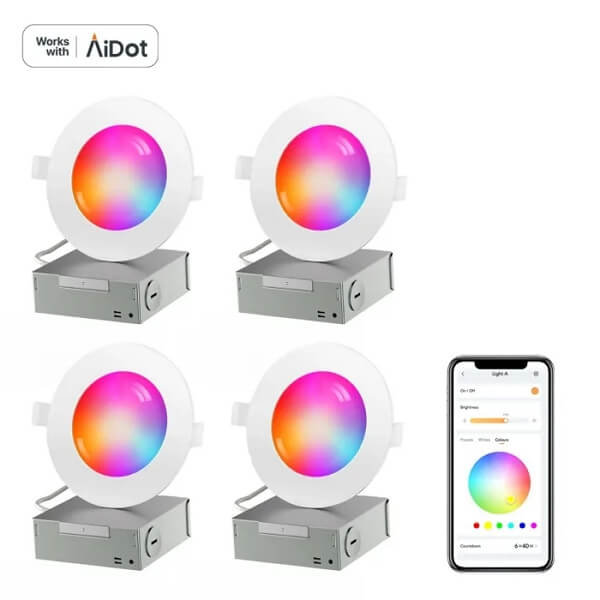

- 16 Million Colors Available
- Music Sync & Scene Setting
- Customizable Schedule Setting
- App Control from Anywhere
- Hands-Free Voice Control
- Convenient Group Control
[Bonus Now]: Here is an exclusive coupon code only found in blog posts. Save it now (AiDotBG01) and get 10% off at AiDot mall!
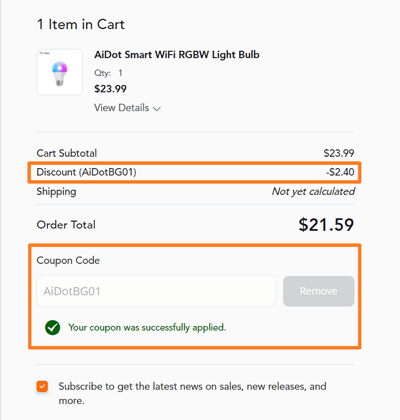

Part 5. What Is the Alternative to Recessed Lighting?
While recessed LED lighting is versatile and energy-efficient, you may want to consider other lighting solutions based on your room's layout, design, and personal preferences. Let's explore some alternatives:
Pendant Lights
Pendant lights offer a versatile and stylish lighting solution. They come in various shapes, sizes, and materials, allowing you to find the perfect fit for your space. Pendant lights work well over dining tables, kitchen islands, and living areas, providing both functional and decorative lighting.
Chandeliers
Chandeliers are elegant and eye-catching light fixtures that can add a touch of luxury and sophistication to a room. They come in various designs, from classic to modern, and are often used as a statement pieces in entryways, dining rooms, or formal living areas.
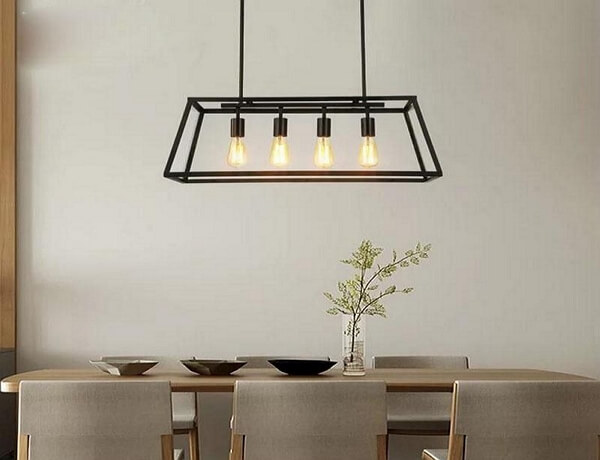

Track Lights
Track lighting is a flexible option that allows you to direct light to specific areas in the room. It consists of a linear track with adjustable fixtures, making it ideal for accent lighting, highlighting artwork, or providing task lighting in areas where recessed lighting might be challenging to install.
Conclusion
In conclusion, replacing traditional can lights with LED lighting offers numerous benefits, including improved energy efficiency, longevity, and superior light quality. The transition is a relatively straightforward process, and with the wide variety of LED options available, homeowners can easily find fixtures that suit their style and needs. So, take a moment to consider how upgrading your lighting can transform your living spaces and enhance your daily experiences, all while making a positive impact on both the environment and your energy bills.











